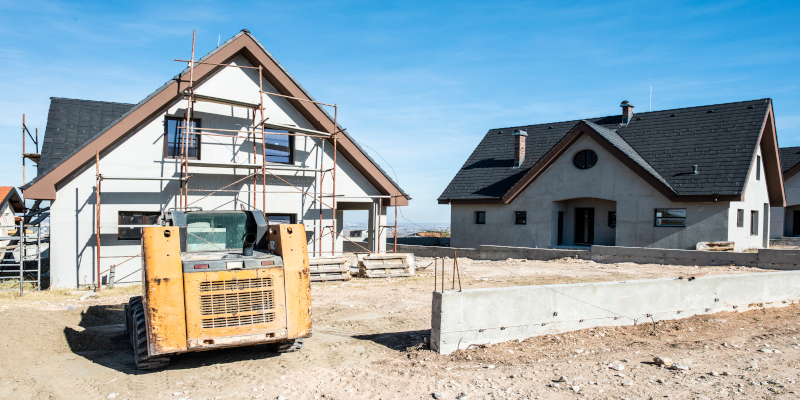
What is the Statute of Repose?
The term may lead one to think of the statute of limitations to bring certain actions under Texas law, and while it may operate in a similar fashion, there is one important caveat. A statute of limitation bars a cause of action following an injury or damages, or the discovery of an injury or damages. By permitting a statute of limitations to start based on discovery of an injury as opposed to its occurrence, this allows a potential plaintiff to extend the time they can legally bring a claim especially in cases where the injury may be latent, or not apparent on its face. However, a statute of repose bars certain actions regardless of occurrence or discovery. As a practical matter, this puts an upper limit on how long someone must become aware of a potential claim.
Section 16.009 of the Texas Civil Practices and Remedies Code governs the statute of repose for certain civil actions involving constructions or repairs and states:
A claimant must bring suit for damages for a claim listed in Subsection (b) against a person who constructs or repairs an improvement to real property not later than 10 years after the substantial completion of the improvement in an action arising out of a defective or unsafe condition of the real property or a deficiency in the construction or repair of the improvement.
This period applies to both commercial and residential projects alike. However, for certain government/public projects, this statute was recently amended to 8 years in cases where a government entity may bring suit. Regardless, this statute serves to put an upper limit on liability for construction contractors and to reduce the chance of holding them liable for what could be general wear and tear over time.
Considerations for an Owner of Real Property
Depending on the damage done, you may have a longer period of time than you think to bring a claim under the appropriate statute of limitations but beware there is a limit. This means owners of real property should be diligent in trying to discover if their property may have defects even if the initial inspection from when they first acquired the property produced nothing out of the ordinary. Additionally, the possibility of a latent defect is another factor in favor of stressing the importance of properly maintaining your property as to not contribute to issues that may arise further down the road of the life of the property.
Considerations for Contractors
The further one gets from the date of substantial completion, the more difficult it may become to establish the cause of any building issues in potential litigation. While the statute of repose is meant to put a limit on liability for contractors, it should also put you on notice for how long you may need to retain information regarding your projects. No contractor wants to get blindsided by a lawsuit 7 years after they have done work on a building. Especially due to the nature and potential costs of construction litigation, it is good practice to have all discussions and contracts, including any modifications or change orders, in writing and a good document retention policy. This way, you will be able to better protect yourself in the unfortunate event that a suit arises out of work you have long put behind you. Before you need an attorney to defend in you such a suit, whether you hire one yourself or your insurance provides one for you, it is important to seek out a competent attorney to first draft or review your business contracts.
All information provided on Silblawfirm.com (hereinafter "website") is provided for informational purposes only, and is not intended to be used for legal advice. Users of this website should not take any actions or refrain from taking any actions based upon content or information on this website. Users of this site should contact a licensed Texas attorney for a full and complete review of their legal issues.
